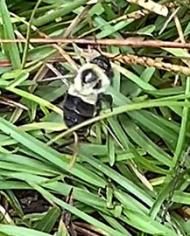ARS researchers discovered that bees collect pollen from centipedegrass flower heads.
Search Articles
-

An ARS research team along with the Southwest Climate Hub in Las Cruces, NM, developed a resource called The Water Adaptation Techniques Atlas.
Mar 27, 2024 -
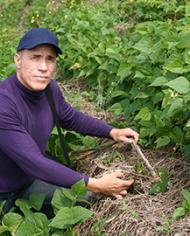
Scientists investigated practices that might help smallholder farmers increase sustainability of their lands and adapt to a changing climate.
Apr 20, 2023 -
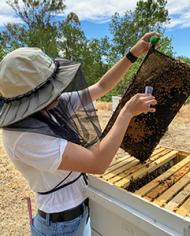
A long-term honey bee monitoring network helps researchers to better understand colony performance and survivorship over multiple seasons.
Apr 19, 2022 -
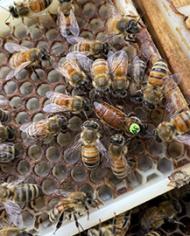
ARS researchers are studying genetics and breeding to make honey bees more resilient.
Apr 06, 2022 -
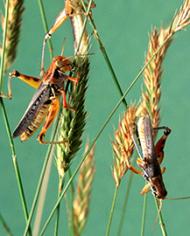
Often viewed as pests, grasshoppers may have a larger environmental role to play.
Mar 02, 2022 -
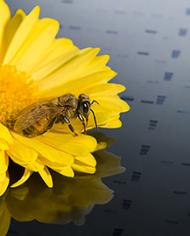
Researchers with the ARS Honey Bee Breeding, Genetics, and Physiology Research Unit have identified a region of the honey bee genome linked to reduced colony defensiveness.
Feb 11, 2022 -

Putting honey bees into indoor cold storage in October rather than November increases their chances of surviving the winter.
Mar 22, 2021 -

Collaboration between ARS scientists and more than 30 national and international institutions resulted in two new pollinator bee genome sequences.
Apr 26, 2017 -
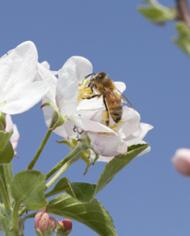
ARS researchers are focusing on the honey bee “microbiome”—the bacteria and other microbes that inhabit the insect's gut.
Mar 04, 2019 -
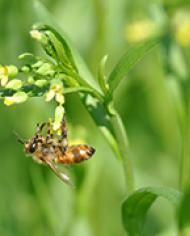
Two oilseed crops that are good for pollinators—pennycress and camelina—can fit into profitable rotations with corn and soybeans.
Apr 24, 2018 -

Collaboration between ARS scientists and more than 30 national and international institutions resulted in two new pollinator bee genome sequences.
Apr 26, 2017 -

ARS helped the National Aeronautics and Space Administration with the launch of SMAP , a new satellite measuring the amount of water in top soil layers around the world.
Mar 15, 2017



